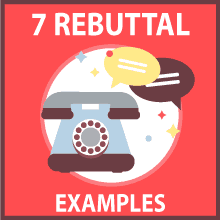
Learn how to counter the most popular reasons for rejecting your call and you have a real chance to turn a No into a Yes. It’s often a matter of a few words spoken at the right time — what we call a perfect sales rebuttal.
See, if cold calls are a part of your sales strategy, be prepared to hear five, ten or twenty rejections in a row before hearing a Yes. After decades of low-quality cold calls, prospects develop an instinct to find an excuse to hang up the phone as soon as the call starts.
But it shouldn’t be this way.
To help you take on cold calls with a bit more confidence, we’ve prepared a list of 7 witty rebuttal examples that will help you turn more No’s into Yeses. Newcomers to cold calling can use these rebuttal examples to save themselves from a lot of demoralizing rejections. And if you’re a cold calling professional, some of these templates will surely help you approach even the most challenging gatekeepers.
So without any further adieu, let’s begin!
So what makes cold calls so damn difficult?
People hate being called over the phone.
Yours is never the call prospects were waiting for. They were expecting a call from their boss, colleagues, family or friends. They were expecting a call about something important to them.
People don’t expect a call from a person they have never met — or a call that tries to sell them something they have never heard about before!
(As a Millennial, I hate talking over the phone. It’s distracting and awkward. Let me promise you this: if you cold call a Millennial and expect to be welcomed with a smile, you’ll get BURNED.)
So why do sales reps still do it?
Cold emails are easily ignored. Social selling takes a lot of time. But a perfect cold call has the power to instantly connect you with the right person at the right company.
When done right, cold calling is amazing. But cold calling is rarely done right.
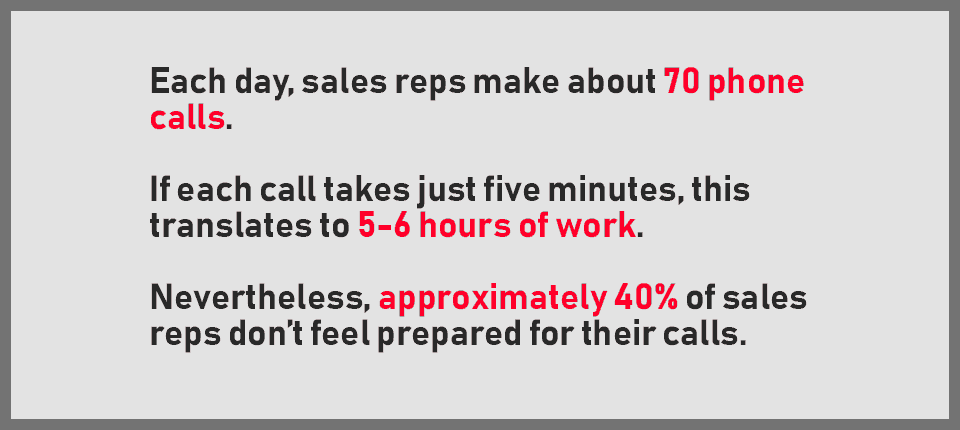
(Source: The Bridge Group, Ringlead)
Most sales reps approach cold calls as a game of quantity. They want to talk to as many prospects as possible. They hope to find that one prospect who instantly likes their offer.
But time is limited. As soon as they hear a rejection, they hang up the phone.
I don’t want to say that this strategy is completely worthless. But it’s also not the best approach. Sales reps are pursuing quantity at the expense of losing hundreds of potential customers. Customers who could be converted, if the sales rep invested a bit more effort into the call.
In my opinion, that outcome is far from the best case scenario.
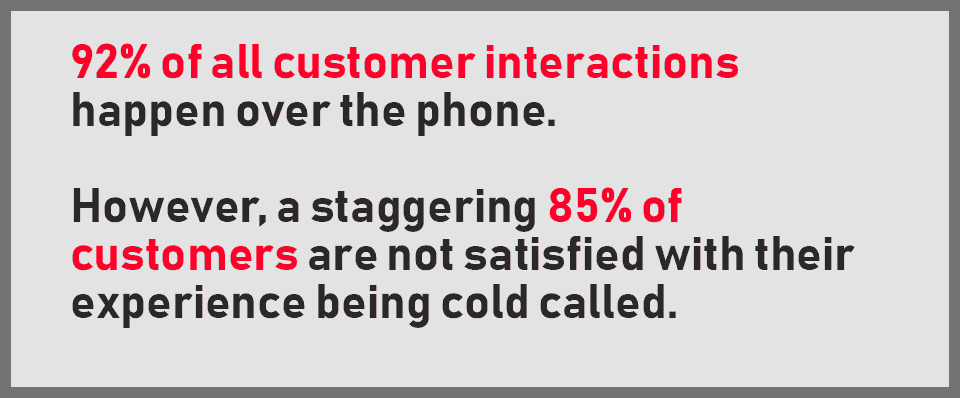
(Source: Brevet)
The amount of cold calls sales reps are required to perform each day means that prospects are subjected to a stream of low-quality sales pitches. Pursuing quantity means that your cold calls are likely unoriginal and trite.
By the time you call a prospect, they probably have heard a variation of your pitch before (so take the time to improve it). They develop an instinct to reject a cold call as soon as it starts.
And when you tell prospects ‘thanks, sorry to bother you’ and hang up after the rejection, they believe that they were right. That you didn’t have anything else to say. That your pitch was just like every other pitch they have heard before.
They think they were right to reject you.
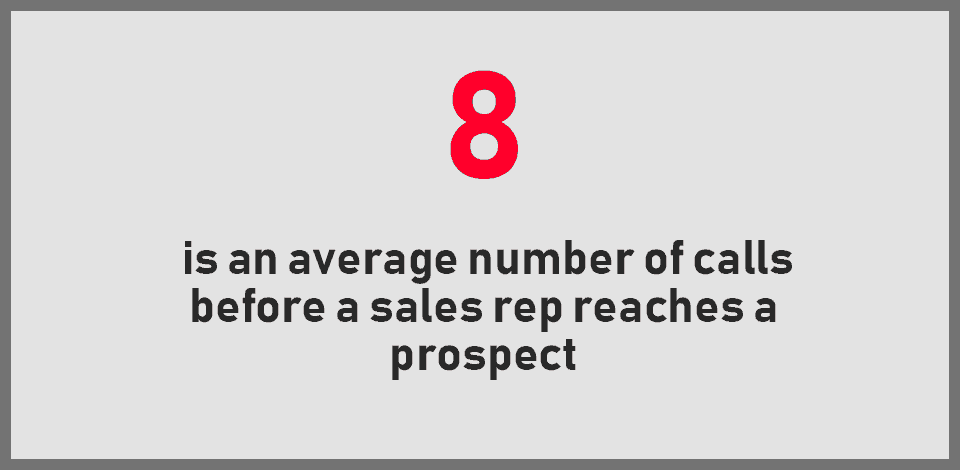
(Source: Brevet)
Cold calling rebuttal examples: when hanging up the phone is the worst course of action
Everyone has had a negative experience with being cold called. Sound bad? Look at it this way: if you can set yourself apart from the competition, all the prospects that others have lost are up for the taking.
And it’s actually pretty easy to succeed at it. Make prospects doubt that hanging up on you is the right thing to do.
Once you the doubt sets in, they will be far more likely to hear your pitch properly and continue the conversation. The only thing you have to do is to get past the initial rejection (that instinct we talked about earlier).
And that’s why you have to learn the art of the sales rebuttal. It’s your perfect answer to the prospect’s rejection instinct. It’s the thing that makes them feel doubt – with just a few words at the right time. It’s like the scarcity persuasive principle: people fear losing more than they like gaining.
We separated rejections sales reps receive into 7 different categories and came up with rebuttal examples for each of them. Read on, and you’ll improve your cold calling game in no time!
Rebuttal example #1

Chances are that you already heard a variation of this rejection.
You cold call someone. They reply that they are not interested. You apologize and hang up. It’s just another potential customer crossed out from your list of prospects.
Recognized yourself? Then you’re doing cold calls wrong.
I’m willing to bet that you’re not familiar with what the ‘I’m not interested’ rejection actually means.
Hint: it doesn’t mean that the prospect is actually not interested. How can they lose interest in something you’ve never had the chance to explain?
What they really mean is that they are busy. It’s hard to be interested in anything if your to-do list is a Godzilla-sized abomination of unfinished tasks.
And that’s your way in.
Hear that your prospect is not interested? Reframe your introduction to focus on the perks of the deal (not your company):
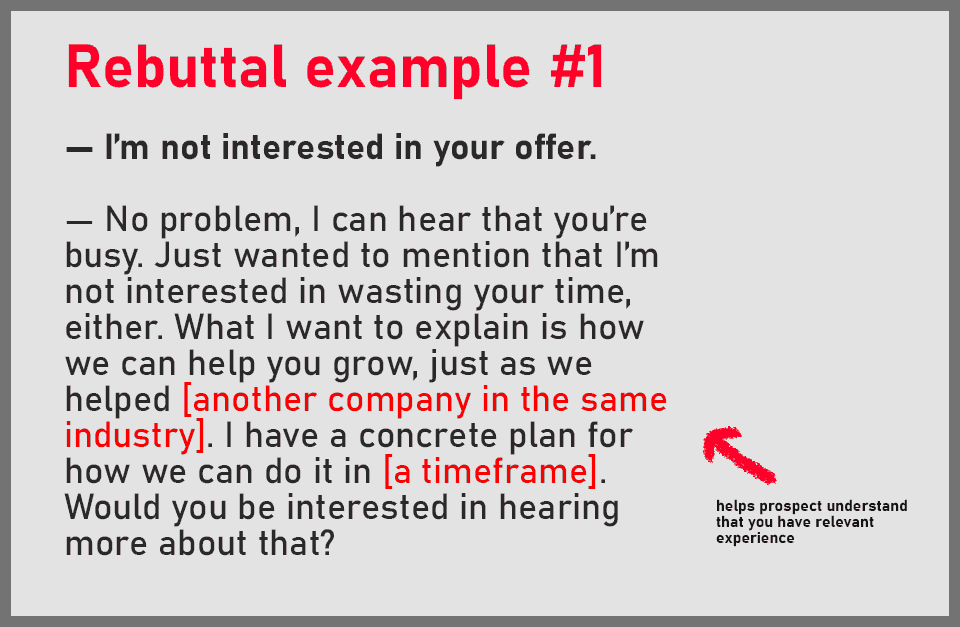
By the way, don’t forget to help your prospect make the right decision. Mention your previous experience in working with similar companies. Focus on a long-term plan. This will signal that you know what you’re talking about.
Remember, ‘not interested’ often comes from prospects being busy — it’s not the fault of your company or you. The rebuttal example above will help you quickly turn the tides in your favor by making it explicit that your pitch isn’t a waste of time.
Rebuttal example #2

It’s never the right time.
In some situations, however, a real bottleneck will prevent a company from sealing the deal with you. Maybe they are moving offices or they are in the midst of reorganization. But more often than not, the person who picked up the phone will tell you that ‘now is not the right time’ just to politely end the call.
First, try to learn what kind of rejection this is. Does the company really have no time for new deals? If there is a reason for turning you down, focus on how your product can help them right now before scheduling an appointment for later:
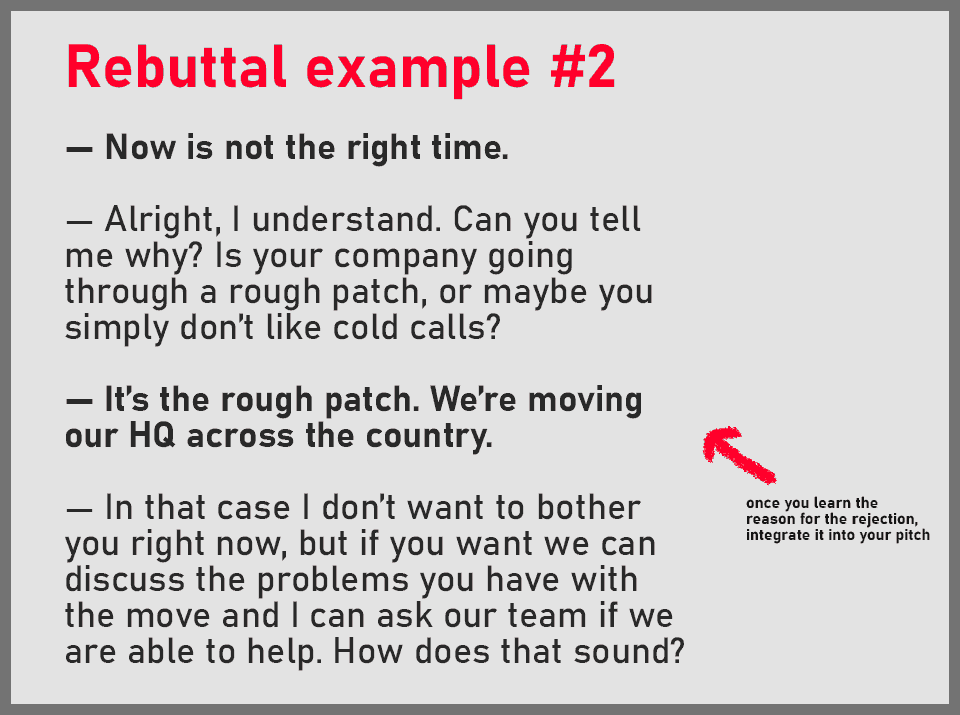
And if you learn that your prospect wants to get rid of you, use rebuttal example #1 — or this clever trick:

Obviously, the more time you invest in research, the better the outcome of your cold call is going to be.
I recommend investigating the company that you want to pitch to get an idea of what they are planning to do. Scroll down through their social media accounts, too. If you can, look at posts by higher-ups in the company on their personal blogs, news, their website etc. Set up alerts for new developments.
Sometimes you’ll find hints about the incoming turbulence or new projects. In that case, you can prepare a personalized pitch. Highlight how your product is going to help them through the tough period — and the deal is yours.
Rebuttal example #3

‘We already use a similar product’.
The most disheartening reply a sales rep can ever receive… Right?
Many sales reps hang up the phone the second they hear that the competition has beaten them to a prospect. What these professionals are ignoring is that this is one of the best opportunities to make a pitch.
The ‘we already work with someone else’ response…
- Tells you that your prospect is interested in your product’s niche;
- Allows you to easily segway into pitching your product as a better alternative to your competitor’s.
Like this:

Research your niche to discover what your competition is bad at. Make the prospect’s pay attention to the disadvantages of their existing solution. Help them wonder what they are losing by not making the switch.
Rebuttal example #4

Various examples of ‘OK, just send us an email’ exist to turn your cold calls into emails — which can easily be ignored.
Not ideal.
For some sales reps, it’s tempting to mark this reply as a success and do as they are told. The problem? Most of the time that email you send after the call will be deleted or forgotten about.
Here’s what you should do once a prospect tells you to send them some info over email.
First, agree and promise to send an email in a short amount of time (no more than a day). Then show your prospect that they will gain more by continuing the conversation:

This sales rebuttal example will help you understand whether the prospect is actually interested to read your email, or if they just want to end the call. But once you make them invested in the conversation, you’re good to go.
Rebuttal example #5

Yes, it does. That’s because our product is the best!
But let’s put the jokes aside for a moment. Robert Cialdini’s persuasive principle of scarcity is the best way to deal with this type of rejection. Once you learn that a prospect considers the price to be too high, reframe your sales pitch to focus on the things they will lose if they don’t use your product:

Money isn’t everything for the success of your prospect’s company. A possibility of faster growth or time-savings can also make them interested in your offer. Use this to your advantage by making your prospect pay attention to how much they will lose if they don’t sign up.
Rebuttal example #6

Hear that your prospect wants to delay the conversation? First, have them explain the reason why.
If the reason doesn’t sound like something that should stop you from closing the deal, hint at what exactly you’ll be able to achieve during the time your prospect is asking for you to wait:

As always, making an effort to prepare a personalized sales pitch is key. If you can quickly summarize how the prospect is going to win by closing the deal as soon as possible – then it’s that much harder for them to come up with a reason to hang up the phone.
Rebuttal example #7

As we mentioned before, cold calls are annoying. Prospects want to end the conversation as quickly as possible.
That’s why ‘we’re happy with our current setup’ is such a popular rejection. It’s polite, but it implies ‘never bother us again’.
Many sales reps decide to end the conversation after hearing this rejection. After all, if the prospect is happy, what’s the point in talking to them?
But here’s the thing. If you’re selling a product you believe in, you know that your prospect is making a mistake by ignoring your offer. Your mission is to cut through the noise.
Challenge the prospect’s idea of doing business by carefully hinting at an improved performance which can be achieved by switching to a new product. Don’t pressure them by telling that their existing toolset sucks.
Instead, inquire about a metric that you know your product is better at. This way you’ll implant the idea that the product they are using isn’t so great without outright saying it. This rebuttal example is great:

Learn as much as possible about the workflow of your prospect before making the call and prepare a powerful sales rebuttal. Find a task their toolset can be struggling with (but your product is great at) and challenge their perception. Make them doubt.
Conclusions
The rules of cold calling rebuttals are pretty simple.
Don’t let rejections stop you from trying. Instead, turn a rejection to your advantage. Learn the true reason why the prospect isn’t interested and make them doubt that hanging up the phone is a good idea.
But let’s get back to you. What’s your story with cold call rejections? Do you have your own rebuttal examples that work? As always, we’re interested to hear your thoughts, so don’t hesitate to leave us a comment!

Great article, thank you, I’m just learning how to cold call right now and to be honest it gets me pretty nervous, does this apply to people too? (Not companies) and also could you make an article about Life Insurance.
This is a great article. Wish I had found it sooner. I’ve heard all of these rebuttals, lol. The thing I’ve learned in just the second week of having a cold-calling 100% commission sales job is that you CANNOT take rebuttals and brush-offs personal. It’s not you as a human being that they do not like. Nobody likes to be cold-called. I don’t even like to be cold-called. That’s just the way it is.